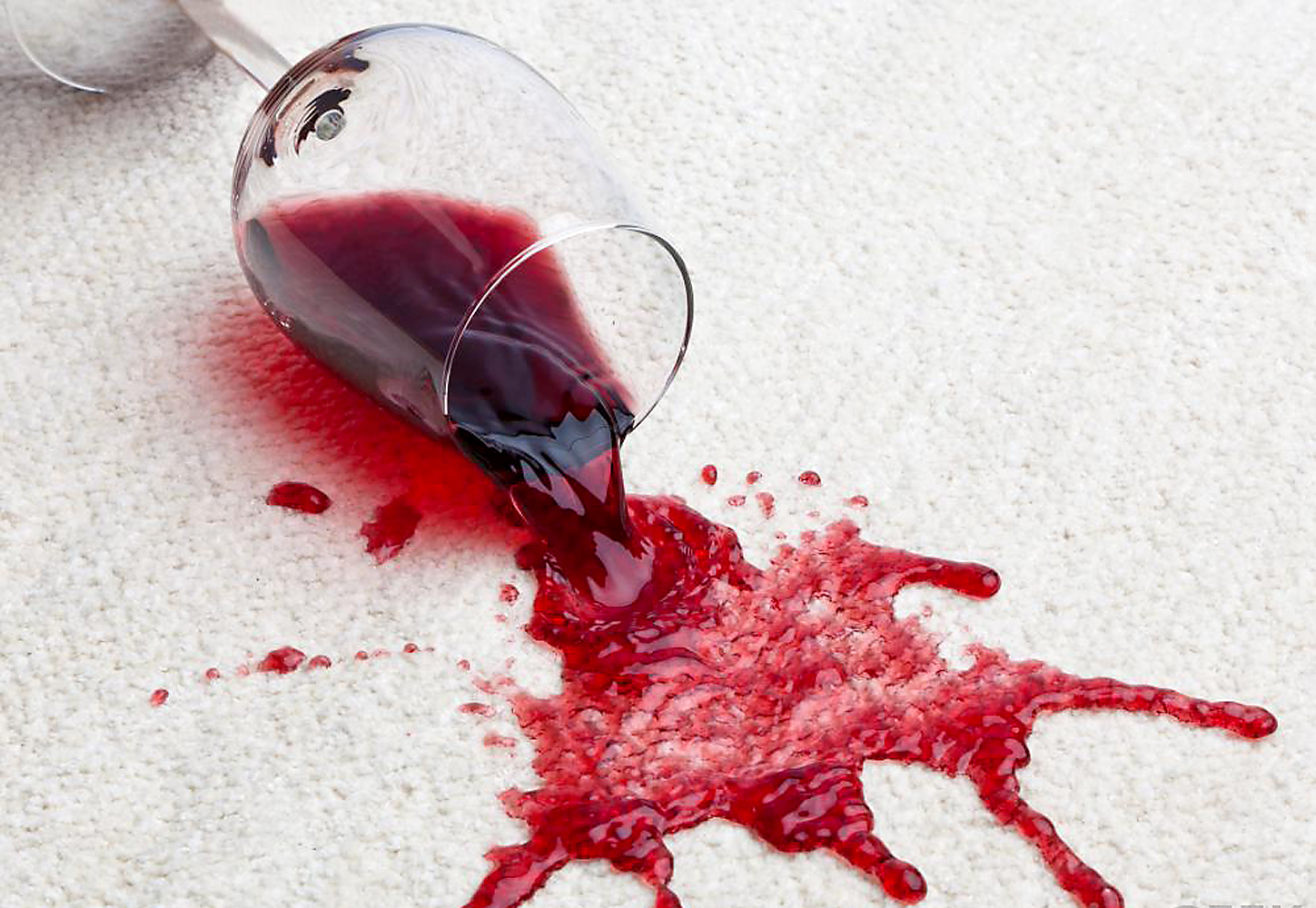
So, you’ve decided to renovate your home and install some new carpeting. There’s a lot to consider in terms of construction, material and functionality. Where should you begin? Let’s take a brief moment to go over “Carpeting 101” so you can make an informed decision about the best type of carpeting to put in your space.
First, let’s take a minute to go over some carpet vocabulary, just in case you are unfamiliar with carpeting lingo. “Pile” refers to the length of the carpet fibers, a construction characteristic that directly affects the carpet’s look, texture and durability. Long piles often look and feel more luxurious, but they are more difficult to maintain than carpets with short piles. Overall, the look, feel and durability of the carpet will depend on the height and density of the fibers.
There are several main types of carpet styles. Plush carpet is probably the most popular style on the home market today. The pile is designed to be flat, which makes the surface of plush carpet feel more cushiony and soft to walk across. There are also textured plush designs, which are more resistant to vacuum marks and footprints. Frieze carpets are made from twisted, textured fibers that are both elegant, durable and an excellent choice for high traffic areas. Berber carpets have seen resurgence in popularity lately due to the carpet’s clean, professional look. This type of carpet it created by looping the carpet fibers into uniform rows; however, it tends to look worn out sooner than other types of carpet. Keep in mind, these aren’t the only types of carpet on the market. They are just a few of the most popular in homes today.
After deciding on the carpet style, you will have to also choose a material. Carpet can be made from a variety of materials, such as:
■ Wool: A naturally stain-resistant and durable material because it’s made from tightly packed fibers. Made from natural materials, wool is a bit pricier than synthetic materials.
■ Nylon: It’s the most common carpet material. Nylon is soil resistant, which makes is a great choice for high traffic areas.
■ Polyester: It’s stain-resistant like nylon, yet not as durable, which means it can be prone to wear and tear if installed in high traffic areas.
■ Acrylic: This material can mimic the look and soil resistance of wool carpeting for a cheaper price.
The first step in any flooring decision calls for you to really think about the function of the room. Tailor your choice based on the amount of foot traffic and activity the carpet will be exposed to. The best carpet choice will not only look great, but also will last for years to come.


